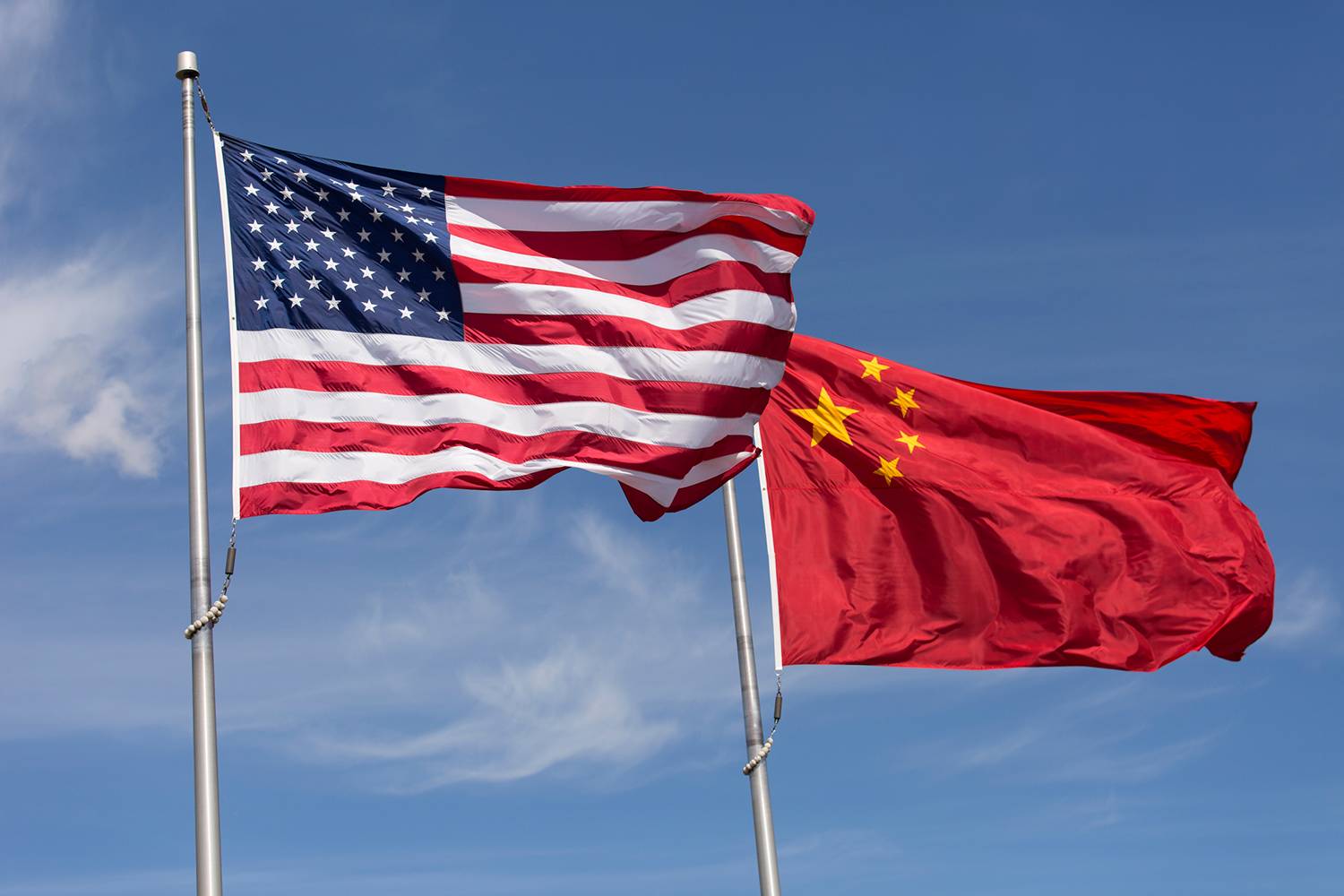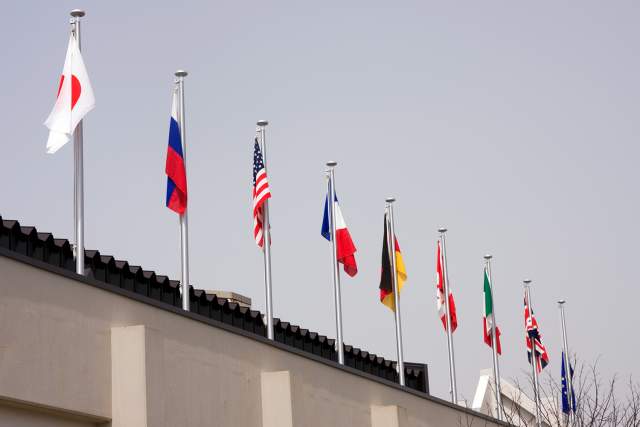Slaughter & Rees Report: It Takes a Trump to Go to China
Slaughter & Rees explain how a bilateral investment treaty between the U.S. and China would benefit American companies and workers.

A bilateral investment treaty between the U.S. and China would, "create a more predictable and open investment climate."
Forty-five years ago last week, President Richard Nixon pulled off one of the most audacious moves in the history of U.S. foreign policy. He went to China.
For many years before this trip, Nixon was known as a staunch opponent of Communism in all forms. Thus did he stun the world when he boarded Air Force One (which he dubbed the Spirit of ’76) for a state visit to the world’s most populous Communist country. He met with Chairman Mao Tse-tung. He had several lengthy meetings with Premier Chou En-lai, including a plenary session in the Great Hall of the People, which sits on the then-not-yet-infamous Tiananmen Square. He and Mrs. Nixon took in cultural events ranging from ballet to table tennis.
Thanks to his substantial national-security bona fides, President Nixon could go to China and talk détente. It thus occurs to us that in a similar vein, President Trump could draw on his economic-security bona fides to go to China and talk policy changes that would truly help, not hurt, the U.S. economy. After all, in his 1987 book, The Art of the Deal, the president asserted that, “I’ve read hundreds of books about China over the decades. I know the Chinese. I’ve made a lot of money with the Chinese. I understand the Chinese mind.”
So, Mr. President, let’s have at it. Forty-five percent tariffs on Chinese imports or, even worse, an all-out trade war with China would only hurt U.S. workers and the overall economy. Indeed, last week Premier Li correctly observed that a “trade war [between the U.S. and China] would benefit nobody.” Let’s dispense with these sorts of bad ideas once and for all. Instead, let’s have you artfully convince the Chinese to refine their policies on three fronts that are vital for U.S. companies to create new jobs in America linked to their success in China: market access, national treatment, and protection of intellectual property.
An important policy change that would help achieve all three of these goals is a bilateral investment treaty (BIT) between the two countries. Given President Trump’s stated preference to strike agreements country by country, as opposed to regional measures like NAFTA or the Trans-Pacific Partnership, he should fly to China to spark a U.S.-China BIT.
The measure, which has been in on-and-off negotiations since 2008, would help create a more predictable and more open investment climate both for American companies investing in China and for Chinese companies investing in America. U.S. companies would realize a range of benefits from a BIT. For example, the Chinese government would be barred from favoring Chinese firms at the expense of U.S. companies. The BIT would also help American businesses invest in industries that are largely restricted today, such as financial services, transportation, and telecommunications. And the dispute-settlement provisions would give investors a stronger standing when they have to deal with governments—at any level—on an issue of concern in China. (One of us is the coauthor of a paper on the U.S.-China BIT, which can be seen here.)
The BIT would also facilitate Chinese companies investing new capital, new ideas, and new jobs in America. It was recently reported by the research firm Rhodium Group that Chinese companies invested a record $45.6 billion in the United States last year. This report also estimates that Chinese companies now employ more than 100,000 people in America, as part of these companies’ over $100 billion in physical assets in the country. There are currently reports that the U.S. Congress is looking to tighten scrutiny of Chinese investment in the United States. We firmly agree that Chinese investments in U.S. companies merit all appropriate national-security reviews, especially through the Committee on Foreign Investment in the United States (on which one of us served when at the Council of Economic Advisers). That said, a BIT would help prevent vague concerns about national security from devolving into protectionism.
One of the biggest bangs of this BIT would be greater competition and thus learning among the two countries’ companies. Consider fintech. China’s financial technology sector is quite advanced, and mobile payments are booming. Sixty-five percent of the country’s users of mobile devices use them as digital wallets, which is the highest percentage in the world, reports The Economist. Last year mobile payments in China totaled $5.5 trillion. The U.S. figure? Just $112 billion, estimates Forrester. Several forces have driven the boom in China’s mobile payments, which were almost nonexistent five years ago. One has been the near absence of any legacy financial systems (paper checks, for example, are quite rare), which has enabled consumers to leapfrog ahead to mobile.
A strong U.S.-China BIT would benefit American workers today. And it would allow some lucky historian tomorrow to coin the phrase, “It takes a Trump to go to China.”

